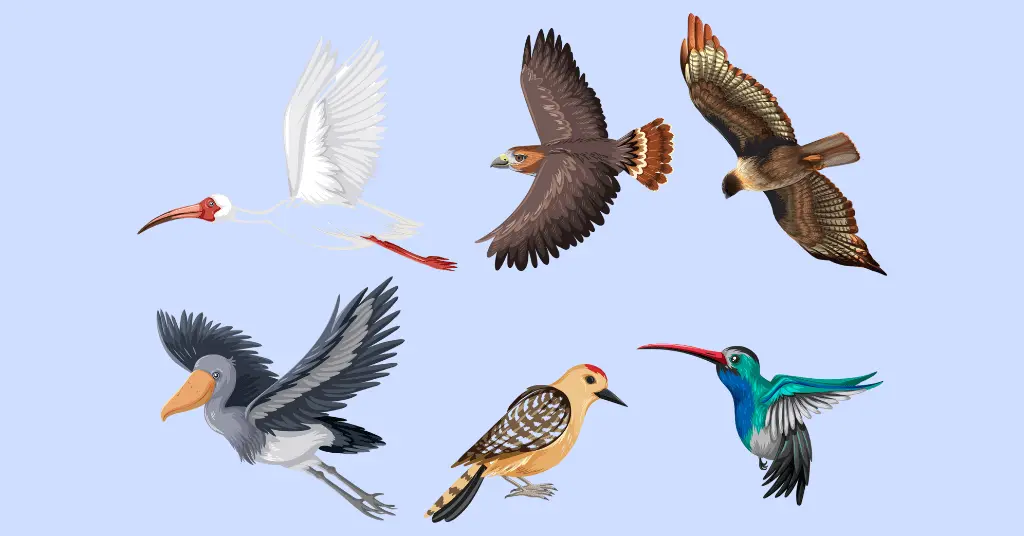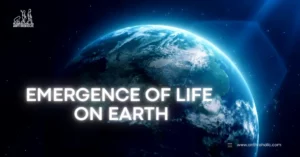AI Answer Evaluation Platform Live Now. Try Free Answer Evaluation Now
Speciation
Speciation refers to the process by which new species arise from existing ones. It is a fundamental concept in evolutionary biology that explains the diversity of life on our planet.

In biological terms, a species is defined as a group of organisms that share common characteristics and can interbreed to produce fertile offspring. However, over time, species can evolve and diverge into distinct populations that are no longer able to interbreed. This can happen due to a variety of factors, including geographic isolation, changes in habitat or diet, genetic mutations, and natural selection.
As these populations become more and more distinct, they can eventually become separate species, with their own unique genetic and physical characteristics. This process of speciation has played a crucial role in the evolution of life on Earth, and continues to shape the diversity of species we see today.
Understanding speciation is important not only for understanding the origins of life on our planet, but also for predicting and mitigating the effects of environmental changes and human activity on the future of biodiversity.
Speciation is a critical process in evolutionary biology that refers to the formation of new species from existing ones. It is a complex and multifaceted phenomenon that can occur over a range of timescales, from as little as a few thousand years to hundreds of thousands of years.
Speciation occurs when populations of a single species become reproductively isolated from one another, meaning they are no longer able to interbreed and produce fertile offspring. This isolation can result from a variety of factors, including geographic barriers, behavioral differences, or genetic mutations.
Over time, as these isolated populations continue to evolve independently, they can accumulate differences in their genetic and physical characteristics. These differences can eventually become so significant that the populations can be classified as separate species, with their own distinct traits and adaptations. [1]
The timescale over which speciation occurs can vary widely depending on the specific circumstances of each case. In some instances, speciation can occur rapidly, in as little as a few thousand years, while in others it may take hundreds of thousands of years or more.
Despite the variations in timescale, speciation is a fundamental process that has shaped the diversity of life on our planet. Understanding the factors that drive speciation and the mechanisms by which new species arise is crucial for understanding the origins and evolution of life, as well as predicting the future of biodiversity in the face of environmental change and human activity.
Process of Speciation
The process of speciation is a complex and multifaceted phenomenon that involves a range of factors and mechanisms. While the specifics of speciation can vary depending on the species and circumstances involved, there are several key steps and factors that are generally involved in the process: [2]
Geographic isolation: One of the most common mechanisms of speciation is geographic isolation, which occurs when populations of a single species become physically separated from one another by a geographic restriction. This isolation can prevent interbreeding between the populations, allowing genetic differences to accumulate over time.
Reproductive isolation: Even if populations are not geographically separated, they may become reproductively isolated from one another through differences in behavior, mating preferences, or genetics. This can result in populations that are no longer able to interbreed and produce fertile offspring, driving the evolution of new species.
Genetic divergence: Over time, isolated populations may accumulate genetic differences through genetic mutations, gene flow, or genetic drift. These differences can eventually become significant enough to cause the populations to evolve into distinct species.
Ecological specialization: In some cases, speciation can be driven by ecological specialization, in which populations of a single species adapt to different ecological niches or environmental conditions. This can result in distinct populations that are adapted to different lifestyles or habitats, eventually leading to the evolution of separate species.
Natural selection: Finally, the process of speciation is driven by natural selection, which favors traits that increase an organism’s fitness in a given environment. As populations become increasingly specialized or adapted to different environments, natural selection can drive the evolution of new species that are better suited to their respective environments.
The process of speciation is a complex and dynamic phenomenon that involves a range of factors and mechanisms. By understanding the underlying processes and mechanisms of speciation, we can gain insights into the origins and evolution of life on our planet, as well as the future of biodiversity in the face of environmental change and human activity.
Example
An example of speciation through geographic isolation is the Galapagos finches. The finches on different islands of the Galapagos archipelago became geographically isolated from one another, and over time, evolved into separate species with distinct beak shapes and feeding habits. This divergence was driven by natural selection, as each population adapted to the unique food resources available on their respective islands.
Another example is the divergence of the African elephants into two species, the forest elephant and the savanna elephant. This speciation occurred due to a combination of geographic and ecological factors, as populations of elephants became isolated from one another due to habitat fragmentation and adapted to different environmental conditions over time. Today, the forest elephant and savanna elephant are considered separate species due to their distinct physical and genetic differences.
Conclusion
In conclusion, speciation is a fundamental process that has shaped the diversity of life on our planet. By driving the evolution of new species from existing ones, speciation has enabled the development of ecosystems and the adaptation of organisms to changing environments. The study of speciation is also critical for understanding the origins of life and the complex interactions between organisms and their environments.
Notable personalities who have contributed to our understanding of speciation include Charles Darwin, who first proposed the theory of evolution by natural selection, and Ernst Mayr, who developed the concept of the biological species and made important contributions to the study of animal behavior and the history of life. Other notable scientists who have contributed to the study of speciation include Theodosius Dobzhansky, who wrote extensively on the genetic basis of evolution and the importance of natural selection, and Lynn Margulis, who proposed the endosymbiotic theory of the origin of eukaryotic cells. [3]
Through their groundbreaking research and contributions to the field of biology, these scientists have helped to shape our understanding of speciation and the broader field of evolutionary biology. Today, their work continues to inspire new research and insights into the complex and fascinating process of speciation.
People also ask
Reference
[1] Speciation | Causes, Process, & Types. (n.d.). Encyclopedia Britannica. https://www.britannica.com/science/speciation
[2] Speciation. (n.d.). Speciation. https://education.nationalgeographic.org/resource/speciation
[3] Plus, S. A. (2023, February 13). What is speciation in biology? – Science A Plus. Science a Plus. https://scienceaplus.com/blog/what-is-speciation-in-biology/



